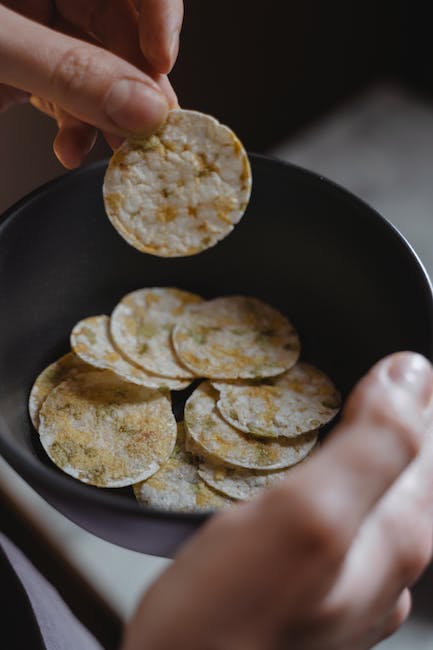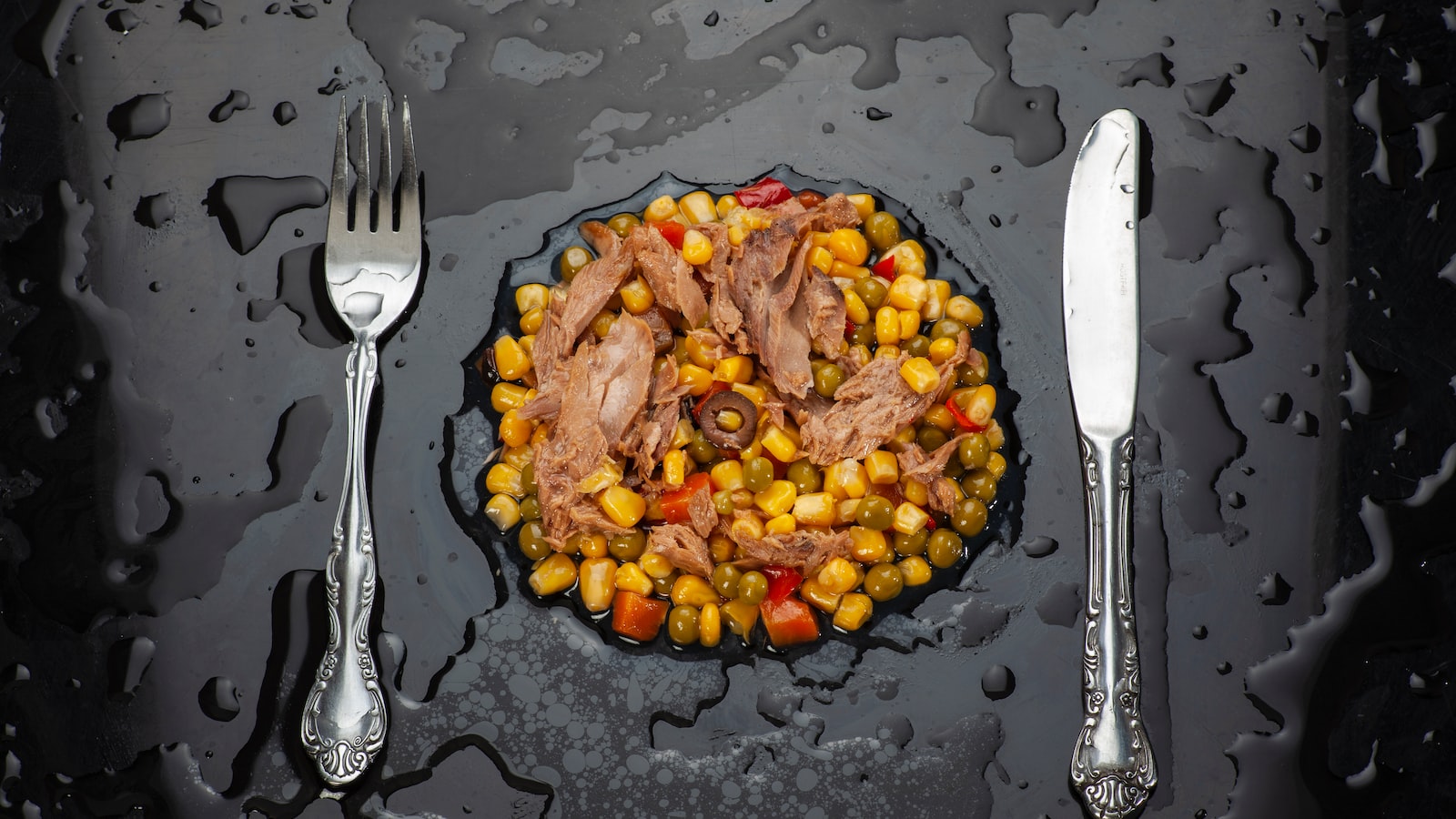We all know that diet is an essential part of maintaining good health. But finding the right balance of carbs, proteins, and fats can be a challenge. If you’re looking for a lifestyle change that could have a positive impact on your health, going low carb may be the answer. With many benefits and delicious recipes, it’s easy to make the switch and start reaping the rewards of better health.
1. Kick the Carbs: Why Going Low Carb is Beneficial for Health
In today’s modern world, carbs seem to be everywhere. But the truth is, too many carbs can be bad for our health, and it’s always good to look for healthier alternatives to the carbs we eat. That’s why more and more people are deciding to go “low carb,” cutting out carbs from their diet as much as possible. Here are a few of the benefits that come from going low carb:
1. Boosts Metabolism. Low carb diets have been linked to greater increases in resting metabolic rate. When you lower the amount of carbs in your diet, your body begins to use fat as a source of energy. This boosts metabolism, leading to more calories burned.
2. Helps with Weight Loss. Since low carb diets increase metabolism, they can help with weight loss. This is because burning more calories helps reduce body weight. Additionally, taking out sugary, processed carbs helps reduce caloric intake, which can contribute to weight loss.
3. Improves Health. Going low carb isn’t just beneficial for helping with weight loss; it can also be beneficial for your overall health. Eating fewer carbs may lead to lower levels of fatty acids in the blood, helping reduce risk for some illnesses, such as diabetes. Low carb diets may also help improve blood pressure, cholesterol, and insulin levels.
- Boosts metabolism
- Helps with weight loss
- Improves health
In short, going low carb can have a huge range of benefits for our health. If you’re looking for a diet change, going low carb might be just what you need!
2. What Does ‘Low Carb’ Mean, Exactly?
The term “Low Carb” simply means that you are consuming fewer carbohydrates in your diet than you would on a traditional diet. It’s important to understand that not all carbohydrates are bad, however, and it’s important to understand how much is best for your lifestyle.
A low-carb diet is one where carbohydrate intake is limited to anywhere between 20-150 grams per day, depending on a person’s lifestyle and personal health goals. This can be best achieved by replacing mentioned carbs with foods that are higher in proteins and healthy fats. Such foods include fatty fish, leafy greens, eggs, avocados, nuts and seeds, oils, cheeses, and more. These foods provide important vitamins, minerals, antioxidants, and fiber to the body.
In addition to eating low-carb foods, another key to sticking to a low-carb diet is to reduce overall sugar and processed foods intake. Eating these types of foods can lead to spikes in blood sugar and can cause various health issues overtime. It’s important to understand what you’re eating and to be mindful of your carbs intake.
- Replace Carbs with proteins and healthy fats
- Avoid processed and sugary foods
- Understand what you’re eating

3. Nutrition Breakdown of Low-Carb Foods
Low-carb dieting has become an increasingly popular approach to controlling weight, managing diabetes, and improving overall health. However, if you’re opting for a low-carb diet, it’s important to have a good understanding of the nutrient breakdown of foods you eat. Here are the macro- and micronutrients you’ll find in some of the most popular low-carb foods.
Fats
- Meat and poultry: red and white meat such as beef, pork, poultry, and fish all have a high-fat content, with both monounsaturated and saturated fats.
- Eggs: eggs are a great source of complete proteins, and a single large egg contains 5 grams of fat.
- Butter: butter makes a great spread and topping for many dishes and contains 11 grams of fat per tablespoon.
Protein
- Cheese: cheese is an excellent source of complete proteins, providing 8-9 grams of protein per ounce.
- Meat and poultry: meat and poultry are an excellent source of complete protein, with the average 3-ounce serving of grilled chicken providing up to 27 grams of protein.
- Eggs: eggs are a great source of protein, with a single large egg providing 6 grams of protein.
Carbs
- Broccoli: a single cup of cooked broccoli contains 6 grams of carbs, 2 grams of protein, and 0.4 grams of fat.
- Cauliflower: one cup of cooked cauliflower contains 5 grams of carbs, 2 grams of protein, and 0.3 grams of fat.
- Green beans: a cup of cooked green beans contains 7.8 grams of carbs, 2.2 grams of protein, and 0.2 grams of fat.
Knowing the nutrition breakdown of the low-carb foods you eat can help you plan a more balanced diet. With a better understanding of these nutrient ratios, you’ll be able to make informed choices that promote better health and better weight management.
4. Implementing Low-Carb Meal Plans
can be daunting but it doesn’t have to be a chore. Here are four simple steps to get started:
- Choose Your Plan: First and foremost, decide which type of low-carb meal plan you want to follow. Determine how low-carb you want to go and how often you plan to eat. The right plan is the one that best suits your lifestyle.
- Grocery Shopping: Now to stock up! In order to meal prep and assemble your meals, it’s important to fill your pantry and refrigerator with the right ingredients. Look for lean proteins, high-fiber carbs, healthy fats, and veggies.
- Meal Prep: Once you have the right ingredients, you can start preparing your meals. This doesn’t have to be time consuming—it’s ok to keep it simple! Grilling and roasting are great methods to use to save time in the kitchen.
- Eat: Finally, it’s time to eat! Assembling your meals ahead of time makes eating low-carb easy and cravings-proof. Don’t forget to enjoy it and have fun!
How to Modify Your Meals: As you get comfortable with the basics of your meal plan, it’s important to incorporate variety and balanced nutrition. Try to get creative with your meals and add spices and herbs for flavor. For example, add roasted nuts or fresh fruit to your salads, or top a stir-fry with a low-carb sauce. Additionally, meal-prepping also eliminates the need for processed snacks. Nuts, seeds, and protein bars are great options to keep on-hand for an afternoon boost.
Lastly, don’t forget to drink plenty of water! Water is essential to feeling full and energized after meals. Add a squeeze of fresh lemon or cucumber slices for some extra flavor, and drink up!
5. Simple Exercises to Accompany a Low-Carb Diet
Looking for a way to complement a low-carb diet? Exercise is always a great addition. But if you’ve seen the gym as more of a frightening place than a getaway, then these simple exercises might be right up your alley.
Yoga. If you’re looking for a gentle form of exercise, then yoga might be a great option. From calming, meditative poses to more active movements, yoga can add more to a low-carb diet than just exercise. Its emphasis on breathing and meditation can facilitate more mindful, healthier eating.
Walking. Are you in a place where you’re always on the go? Then why not just use that momentum to your advantage? Walking is a great option for any busy person and the cardiovascular exercise it promotes can really help out with low-carb dieting. Focus on tracking your steps and maintaining a certain pace for optimal results.
Bodyweight Exercises. Don’t have access to a gym or the funds to purchase bulky exercise equipment? No problem. Bodyweight exercises like sit-ups, pushups, and planks might be the perfect program to get the metabolism fired up. It helps to focus on one or two exercises, putting all of your effort into those for a few sets before moving on to the next.
6. Low-Carb Living: Enjoying Life Without the Carbs
Low-carb living offers a great opportunity to enjoy life without the added carbs from unhealthy sources. It’s easy to still enjoy your favorite foods with a few small adjustments. Here are six great tips for starting a low-carb lifestyle.
- Change up your protein sources. Try incorporating fish, eggs, and even tofu. Not only do these choices provide a good amount of protein, but they are also low in carbs.
- Try replacing carbs with healthier alternatives. For example, use cauliflower instead of potatoes, zucchini instead of pasta, and spinach instead of rice.
- Read food labels carefully. Look for hidden carbs so you can easily manage portion sizes.
Don’t be afraid to experiment with different ingredients. There are a lot of delicious recipes out there that are low in carbs. Take the time to search for recipes and have fun in the kitchen. You can also use spices and herbs to make your meals even tastier.
Swap out unhealthy snacks for low-carb snacks. Nuts, seeds, and avocados are great snacks that are high in protein and low in carbs. Experiment with different type of recipes or invest in some cookbooks with some great low-carb recipes.
Going low carb may be the difficulty of transition for some, but the positive effects on your wellbeing in the long-term might just be worth a little patience as you get used to it. Eventually, this change in diet could become a route that leads to better health for you and those around you.
